Why Local Drugmakers Took Over: A History of Pharma Policy in Pakistan
Deregulation of non-essential drug prices back in early 2024, captivated many retail pharmaceutical industry stakeholders. This helped industry sales cross PKR 1 trillion mark in 2024/25, and also pushed average industry gross margins to a range of 35%. Such margins fell in line with historical trends, after struggles faced during 2022 and 2023.
We take a historical perspective in an attempt to understand the significance of this deregulation policy. In the process, we will shed light on how industry has evolved since 2010.
📢 Announcement: We're on WhatsApp – Join Us There!
Local-to-Foreign Ratio
Retail pharmaceutical sector in Pakistan is dominated by local manufacturers, that hold roughly 70% of the market share. Multinational pharmaceutical companies (MNCs), including the likes of GlaxoSmithKline, Bayer, Abbott Laboratories and Novartis, account for the remaining 30% chunk.
What is interesting to note is that up until 2011, it were the MNCs who enjoyed a 70% share. However, policies relating to drug prices forced these MNCs to lose such substantial dominance in favor of local players.
Over the next 15 years, these companies kept seeing their market share churning away, leading to a shift in industry dynamics. Despite structural challenges, many of these MNCs are still trying to capitalize on growing urbanization trends in Pakistan. Apart from their operations within the country, they also rely on in-licensing agreements with local pharmaceutical companies to sell their products.
Price Freeze in 2011
A key detriment to pharmaceutical MNCs in Pakistan was the 2-year price freeze implemented in 2011. This, along with abrupt policy decisions by government authorities, led to the exit of many foreign players.
It wasn’t just the MNCs who were being affected by the price freeze. Even the local manufacturers witnessed curtailing margins due to rising operational costs.
It was also during this time that Drug Regulatory Authority of Pakistan (DRAP) was formalized to regulate the industry. DRAP falls under the federal government and functions through 6 Provincial Drug Control Units across all provinces.
Drug Pricing Policy 2015
The first formal directive of DRAP was the “Pricing Policy 2015”, which linked the pricing of drugs to CPI.
For essential drugs, the Maximum Retail Price(MRP) could be raised by 50% of the previous year’s CPI, with a cap of 4%. For non-essential drugs, such a hike was allowed up to 70% of the previous year’s CPI, with a cap of 6%.
However, the policy did not generate attractive returns for the industry. This was because the companies had to attain approvals from DRAP to implement price revisions, which always took around 6-8 months. Such a time lag in price adjustments raised concerns over the long-term viability of the policy.
Drug Pricing Policy 2018
In 2018, DRAP introduced a mechanism to address the time lag concerns from the previous policy. Companies were given a leverage to adjust prices by issuing a 30-day notice to the regulator.
Moreover, revised policy also extended the price adjustment ranges for drugs. MRP for essential drugs could be raised by 70% of CPI, with a cap of 7%. For non-essential drugs, adjustments of up to 100% of CPI could be made, with a cap of 10%.
Criticism of Revised Policy
Pricing policy implemented in 2018 gave significant power and control to manufacturers. But this control seemed highly concentrated amongst larger players who were indulging in large-scale manipulation.
For better context, 50 largest manufacturers in the industry control more than 90% market share. The revised pricing mechanism allowed these players to increase their margins without much transparency. This put smaller companies at a significant disadvantage, as currently,y there are more than 150 hardship cases pending with the federal government.
2020 Amendment
In 2020, the Government of Pakistan decided to take control of the situation, with the aim of ensuring the affordability of medicines. Particular focus was on the prices of essential drugs, which seemed to be out of reach for the masses.
The government’s maneuver to control industry pricing backfired to an extent. The following couple of years saw average industry margins declining by several hundred basis points, compared to historical trends. It also affected the availability of medicines, as manufacturers started to curb costs by halting production.
Another outcome of such a move was an increase in the consumption of smuggled and counterfeit alternatives, which are pricier and also pose qualitative risks.
Deregulation of Non-Essential Drugs
Approval of deregulation of non-essential drug prices will go a long way to support the availability and affordability of medicines in local markets. This supports industry margins, as seen during the last 15 months, inducing pharmaceutical companies to revert to manufacturing at higher capacity levels.
This move would also address the pending hardship cases, which were driven by production cuts by companies across many therapeutic classes.
⚠️ This post reflects the author’s personal opinion and is for informational purposes only. It does not constitute financial advice. Investing involves risk and should be done independently. Read full disclaimer →

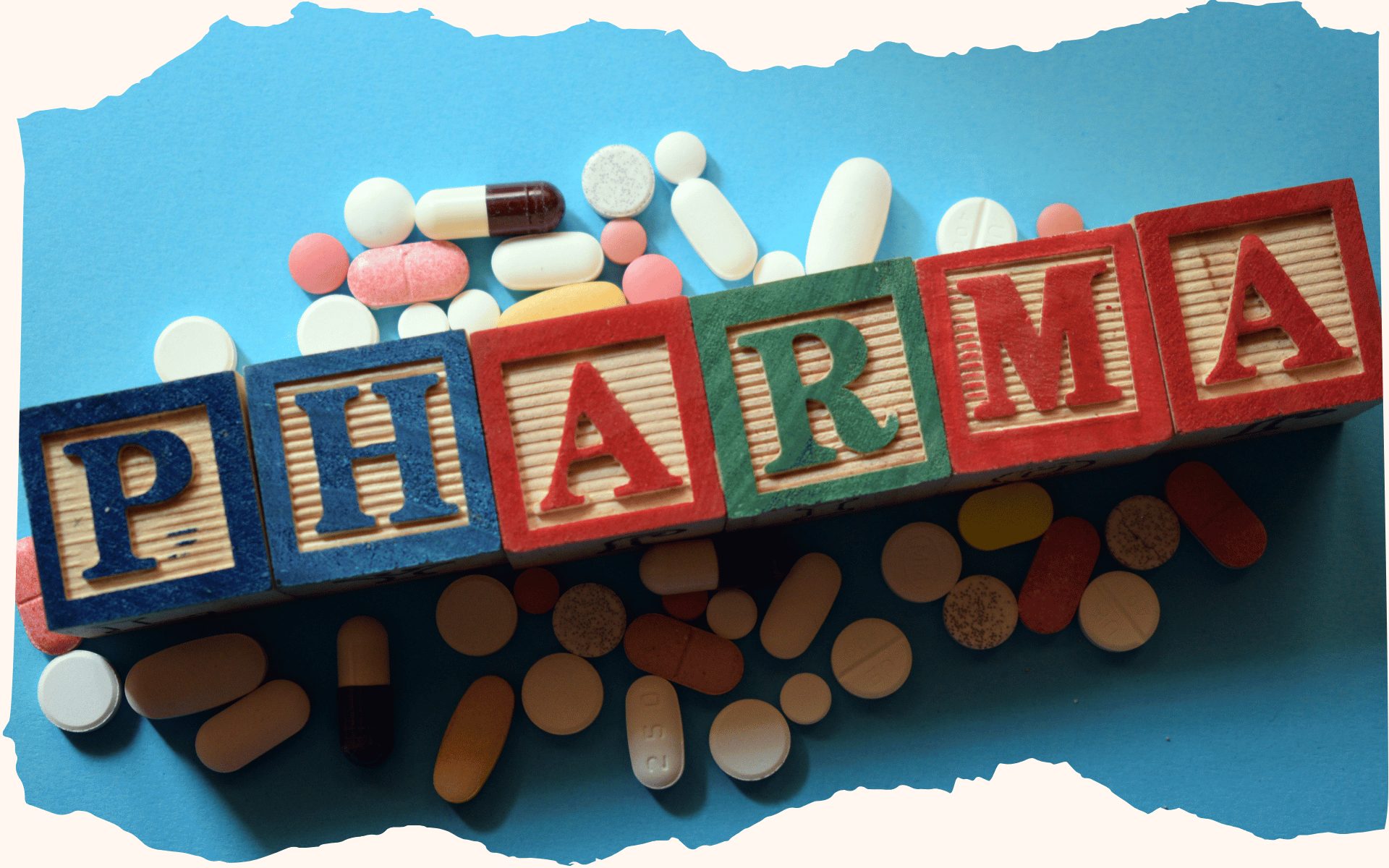


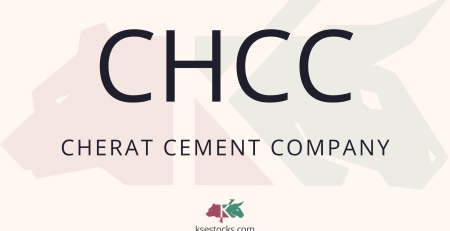
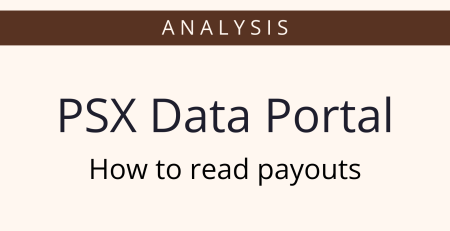
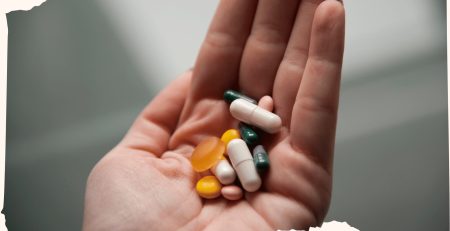


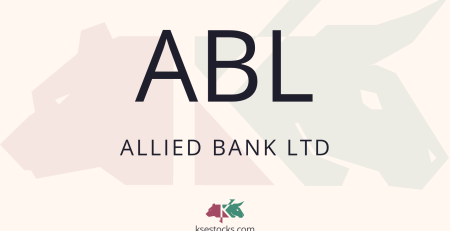
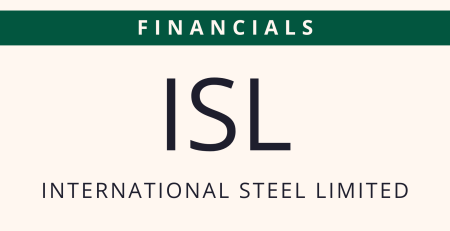


Comments (2)
Though management is questionable in some cases, there is a lot of money to be made trading local pharma stocks.
An objective analysis of a very important issue that directly affects the masses